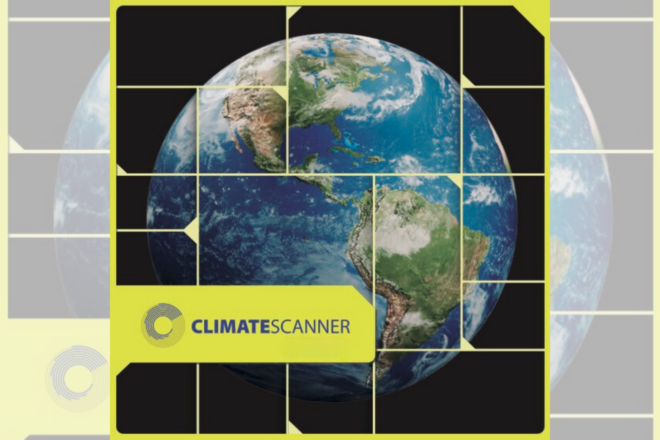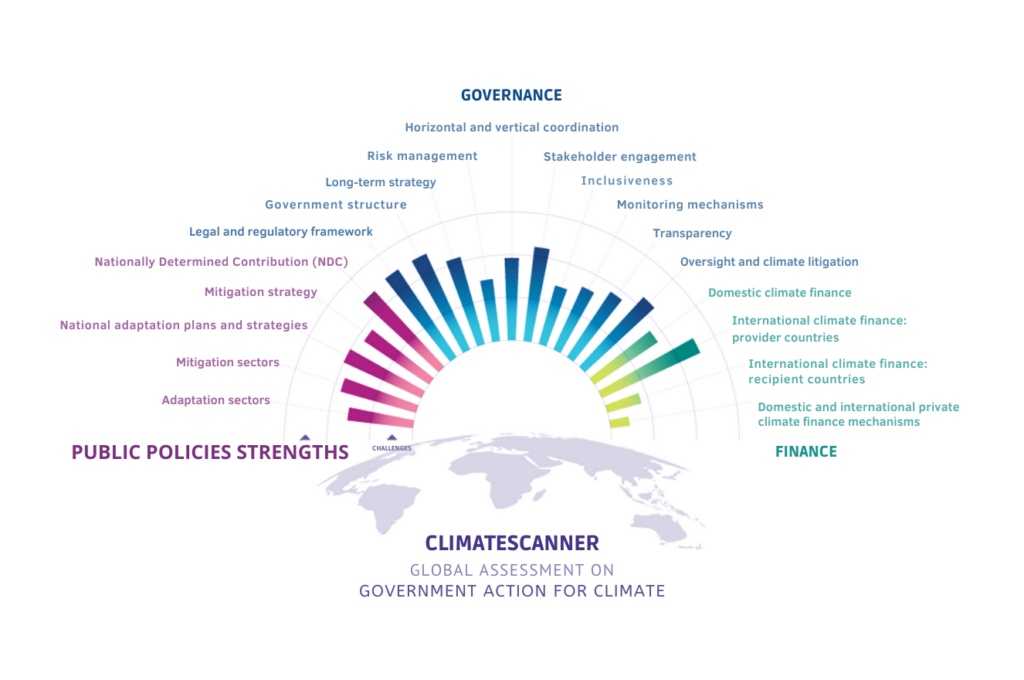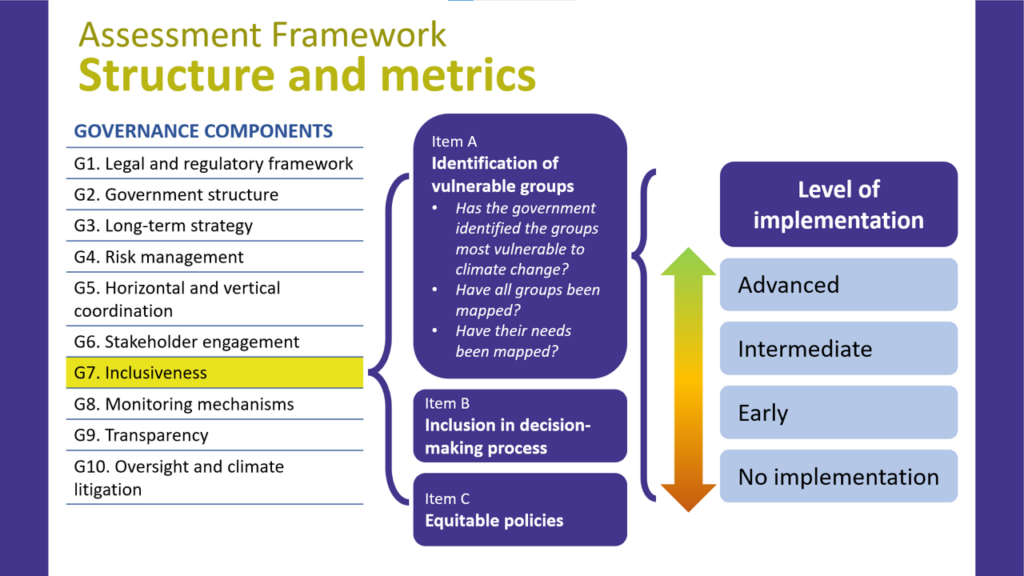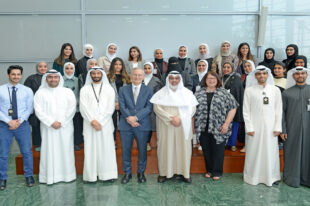ClimateScanner – An Innovative Methodology For SAIs to Monitor Government Action on Climate Change

Authors: Paula Hebling Dutra, Hugo Chudyson Araújo Freire, Carlos Eduardo Lustosa da Costa, Dashiell Velasque da Costa, Rafael Lopes Torres, Cintia Zaira Messias de Lima, João Paulo Jorge de Oliveira, Cintia Alvim Lage, Deiane Rodrigues dos Reis.
Introduction
Climate change has emerged as one of the most urgent and critical challenges of our time, with profound implications for ecosystems, economies, and societies globally. This multifaceted issue not only affects weather patterns but also poses serious threats to human health, food security, and long-term sustainability. As climate-related disasters become more frequent and severe, it is increasingly evident that addressing climate change requires robust action and innovative solutions on a scale previously unseen.
Limiting the temperature rise and adapting to the effects of the changing climate, as aspired by the Paris Agreement, will require a major joint effort involving civil society, academia, corporations and all levels of government.
National governments play a prominent role in climate action by allocating public resources, designing and implementing public policies, and orchestrating different actors through governance mechanisms in pursuit of a common goal: mitigating greenhouse gas emissions and promoting adaptation to the impacts of climate change.
Supreme Audit Institutions (SAIs) should also join in this effort. SAIs hold a significant responsibility in ensuring accountability and transparency in all areas of government, as well as in climate initiatives. SAIs can provide reliable and independent information on the use of public resources and the performance of policies in climate change, contributing to the improvement of those policies.
The characterization of climate change as a “wicked problem” underscores the necessity for coordinated international responses, as its impacts are far-reaching, with important impact to public budgets, and require a collective effort that transcends national borders. The development of international frameworks, such as the Paris Agreement (under the United Nations Framework Convention on Climate Change) and the Sustainable Development Goals (SDGs)—with SDG 13 focusing specifically on Climate Action—provides a critical foundation for national efforts and incentivizes governments to commit to ambitious climate strategies.
Areas like climate change, in which international agreements heavily shape government’s national action provide an opportunity for mutual learning, exchange and more importantly, coordinated work to boost impact.
In this context, the ClimateScanner emerges as an innovative tool for SAIs to track, assess, and monitor national governmental actions concerning climate change. The methodology offers insights into three pivotal areas: governance, public policies, and finance, disaggregating these dimensions into 19 components and 62 items that are evaluated based on their implementation levels. The standards used in the evaluation are common and applicable to all countries and takes into consideration specificities of domestic policies.

Opportunities and Challenges of the ClimateScanner Approach
- Time. The ClimateScanner’s design is based on a rapid assessment logic, which is intensive, team-based qualitative/quantitative inquiry using triangulation, iterative data analysis, and additional data collection to develop an evidence-based understanding of a situation.
- Broad Coverage. While the broader scope afforded by ClimateScanner provides a very comprehensive view of climate action, it also differentiates itself from traditional audits by not delving deeply into specific issues. However, it appears as a new way to conduct horizontal and systemic analysis. This advantage eases the burden on auditors, allowing them to capture a wide-ranging understanding of climate governance without the long processes typical of full-scale audits.
- Trustworthiness. However, the assessment’s approach does present a challenge: balancing the need for quick insights with the imperative of maintaining assessment rigor and trustworthiness. In order to maintain the high quality of the analysis, auditors will many times have to rely on their professional judgment. Also, the conclusion of the assessment in certain topics maybe that there is need for further work to be able to ensure a reliable assessment.
- Applicability. One of the significant advantages of the ClimateScanner methodology is its applicability to all SAIs, whether large or small. The common framework it offers means that smaller institutions that may have more limited capacity to deal with complex climate issues, can easily adopt the methodology with minimal resources. This encourages inclusivity in climate accountability efforts across varying contexts and capacities.
- Flexibility and Adaptability. International climate commitments—such as those outlined in the Paris Agreement—provide a uniform standard for countries, establishing a baseline for climate action expectations. However, the flexibility of the ClimateScanner methodology ensures that assessments can be tailored to each country’s specific circumstances. This adaptability is crucial for meaningful engagement with national climate policies and provides the potential for countries to learn from each other’s experiences.
- Global Consolidation. Moreover, the ClimateScanner supports data consolidation, allowing for both national, regional and global analyses. Even as it accommodates specific national conditions, the aggregation of data from diverse contexts enables insights and perspectives on overall progress toward climate goals.
- Confidentiality. Nonetheless, the challenge of maintaining confidentiality of sensitive information persists; some data collected for national assessments may not appear in public reports yet still contribute to broader analyses. SAIs must navigate this delicate balance to ensure comprehensive reporting while respecting privacy and national security considerations.
- Periodicity. By allowing periodic assessments, ClimateScanner facilitates ongoing tracking of climate governance, policy, and finance over time. This enables SAIs to assess progress in an objective manner, induce changes in policy and hold governments accountable for their commitments.
- International Cooperation. However, a critical challenge lies in maintaining the momentum of these efforts; although 144 SAIs and 240 auditors have been trained in 2024, the ongoing mobilization of the SAI community requires sustained engagement through active collaboration in INTOSAI and regional organizations. Peer-to-peer support and resource sharing will be essential to fostering an active and informed SAI community dedicated to climate change issues.
- Communication. The implementation of ClimateScanner also opens new channels of communication for SAIs, facilitating engagement with society, academia, and other stakeholders. By acting as an effective communication tool, SAIs can ensure that climate action strategies are clearly conveyed and that policymakers are held accountable for their commitments. The provision of reliable and easily understandable information on complex climate policies and finance serves to boost transparency and accountability in government actions, as well as to reach broader audiences like members of parliament, media, and think tanks, among others.
- Planning. ClimateScanner is not merely a tracking tool but also a mechanism to design a strong strategy for SAIs in the area of climate change. Information collected in the assessment can also greatly facilitate audit planning and the monitoring of recommendations from previous audits.
In Brazil, the pilot version of ClimateScanner proved invaluable in refining the audit planning process for climate governance. By significantly reducing the time needed for planning, ClimateScanner enables auditors to focus on substantive issues rather than procedural hurdles. This efficiency not only bolsters the quality of audits but also maximizes the use of resources within SAIs.

Lessons Learned So Far
There has been a notable interest within the SAI community regarding climate change issues, as shown by the high number of SAIs attending the training workshops. This raises awareness around the importance of efficient governance and accountability in environmental matters. Various SAIs have begun to prioritize climate-related audits, signaling a commitment to ensuring that public sector entities effectively manage their environmental responsibilities. This keen interest reflects a broader understanding that SAIs play a critical role in promoting transparency and accountability in governmental responses to climate challenges.
Regional integration has been reinforced through seven regional training workshops conducted in 2024, creating a platform where countries can collaboratively tackle common climate challenges. The collaboration among SAIs has opened doors to effective learning-by-doing opportunities. This exchange fosters a culture of learning that not only strengthens the individual capacities of each institution but also the collective efficacy of the SAI network in addressing climate change.
The introduction of ClimateScanner provides a standardized framework for SAIs to communicate about climate change. This innovative tool allows for a unified approach to assessing climate risks and opportunities, enabling SAIs to engage more effectively with stakeholders. By fostering a common language, ClimateScanner simplifies complex discussions and accelerates the exchange of information, ensuring that all members of the SAI community are aligned in their efforts.
Collaborations with major actors such as the United Nations, development banks, and climate think tanks have enriched the dialogue. These external partnerships provide SAIs with additional insights, resources, and frameworks for understanding the complexities of climate-related challenges, ultimately enhancing the quality and relevance of their audits.
As SAIs evolve in their roles concerning climate change, it’s essential to consider how the ClimateScanner model can be adapted to other areas of institutional activity. For example, could this structure be applied to social audits addressing poverty alleviation or health governance? The lessons learned from climate change initiatives may serve as a blueprint for mobilizing and organizing SAI actions in various fields, addressing broader systemic issues that require similar levels of accountability and transparency.
The lessons learned by the SAI community in the realm of climate change unveil crucial insights into the importance of collective action, partnerships, and innovative tools. The engagement of SAIs in this vital area signifies not only a commitment to ensuring environmental accountability but also highlights the ongoing evolution of these institutions as they adapt to emerging global challenges. By continuing to learn from one another and fostering collaboration, SAIs can further enhance their impact in promoting a sustainable future.





